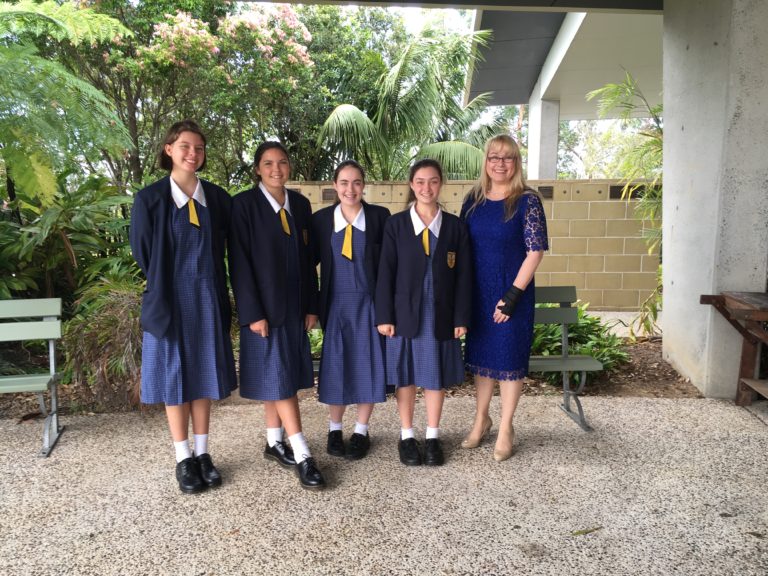Last week in Australia was National Science Week, a nation-wide celebration of science and technology via three key pathways.
Pathway one is to inspire the general public to be involved in science – creating new knowledge – through engaging activities such as Citizen Science. This year’s Citizen Scientists are identifying Australian wildlife that are featured in photos captured via automatic cameras, and anyone with internet access can participate whether they have a university qualification or not. This fantastic activity means that science is indeed inclusive, when many times it can feel like science is a members-only club.
The second pathway is through showcasing the contributions of scientists to the world of knowledge through the Australian Institute of Policy and Science Tall Poppy Awards. As the joint-Queensland 2015 winner of this award, I was delighted to attend the 2016 award evening on Wednesday and was pleased to learn about innovative projects across a breadth of disciplines, such as infecting coeliacs with hookworms, the sexual attractiveness of facial hair, and optimising agricultural irrigation to name a few. Next month I will be one of the inaugural Flying Scientists, bringing science to rural regions in which exposure to science can be limited.
The third pathway relates to a flurry of activities to inspire the next generation to be scientists – both today and in their future education and career paths. Recognising the importance of encouraging girls in particular to become – and stay – engaged in scientific pursuits, I was delighted to host the first University of the Sunshine Coast Growing Tall Poppies program in my research unit here at the University of the Sunshine Coast earlier this year.

Adolescent Risk Research Unit team members Jeanne, Jamie, and Natalie, mentoring Sasha, Isabella, Mikayala, and Sian.
The four Grade 10 students learnt about career paths through and in science, and conducted their own research project under the guidance of members of my team, before making a presentation of their research activities and the key findings before the senior school assembly on Wednesday morning. This presentation was very well-received by the students and teachers in attendance, further breaking silos such as ‘academics’, ‘schools’, and ‘science’ which can pervade.

Bridie and the 4 GTP stars after their school assembly presentation.
If we are to continue to effectively prevent injury, we need to make science accessible to everyone, and to the next generation especially.